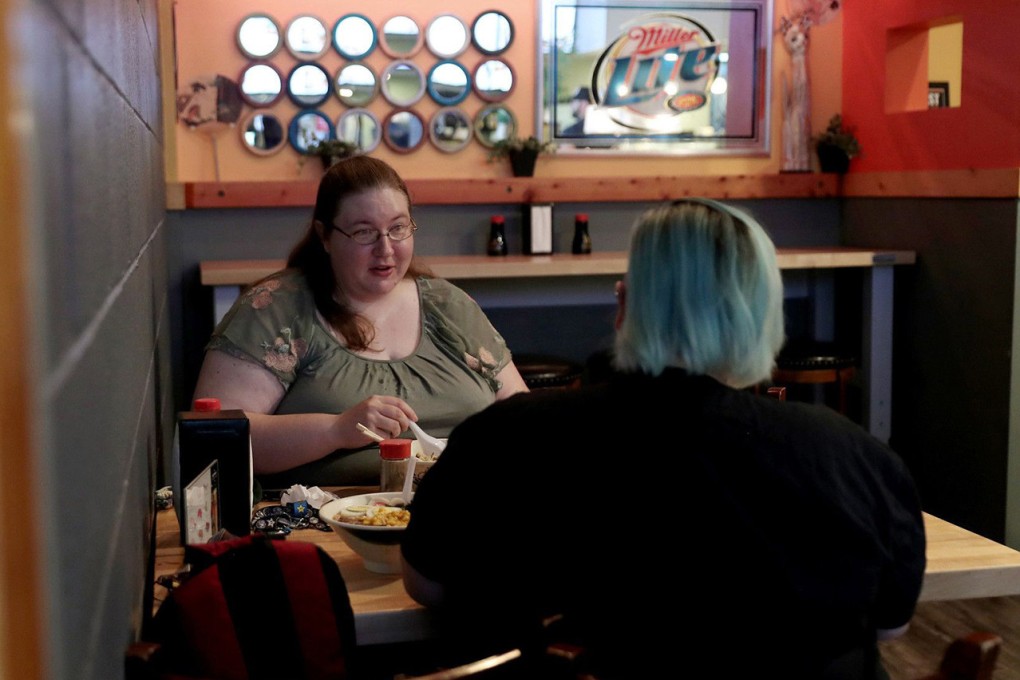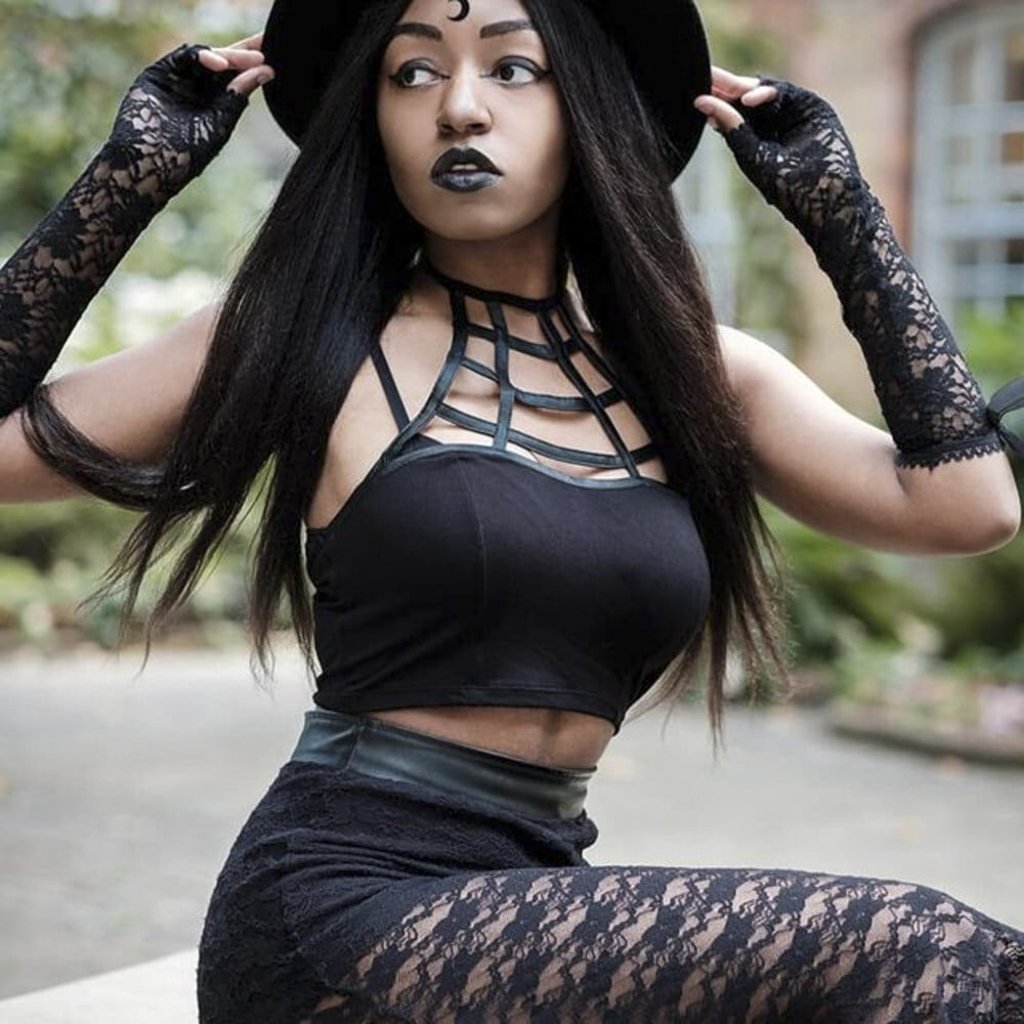‘I don’t need to be fixed because I’m not broken’: asexuals speak out, raising awareness of their existence and fighting negativity and stigma
- An estimated one in 100 people is on the asexual spectrum; some have no interest in sex, others may enjoy sex but feel no sexual attraction
- After years of being ignored or viewed negatively, groups of ‘Aces’ are pushing for recognition, and offering support and guidance to asexuals

In a world that often categorises people according to their sexual preferences, the small percentage of people who consider themselves asexual are pushing for awareness and respect.
Looking back, Allison McCorkle can laugh at her early sexual confusion. When she was in sixth grade, the cool boy her friends were swooning over rang to ask her out. Not only was McCorkle uninterested, she was also puzzled as to why anyone would feel differently. “We’re too young to be doing that,” she told her flustered suitor.
A few years later, when McCorkle’s best friend gushed over a man coming out of a store – “Oh my God! He’s so hot! What do you think?” – McCorkle’s response was much the same: a confused shrug. “I had no concept of what ‘hot’ was,” she says.
McCorkle, 39, from Illinois in the US, is one of an estimated 1 in 100 adults who are asexual, or feel no sexual attraction to others. Largely ignored in a culture where sex sells everything from beer to pop songs to reality TV, they face stigma among college students, who, according to one key study, view asexuals more negatively than either heterosexuals or homosexuals.

Dismissive responses such as “You need to have your hormones checked” or “You just haven’t met the right person” remain common, according to British asexual activist Yasmin Benoit. And under the cloak of anonymity afforded by social media, some critics feel free to express outright hate.
But in the past five years asexuals, who often refer to themselves as aces, have seen hard-won progress, with experts and ordinary people pointing to signs of increased visibility.